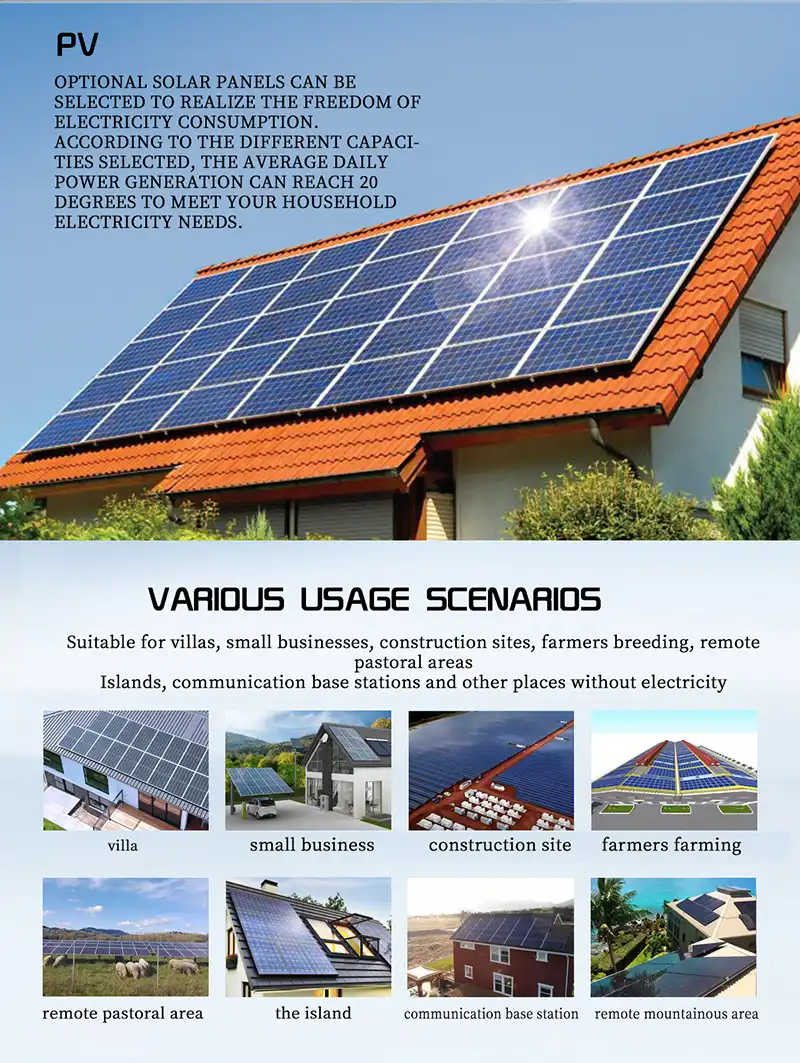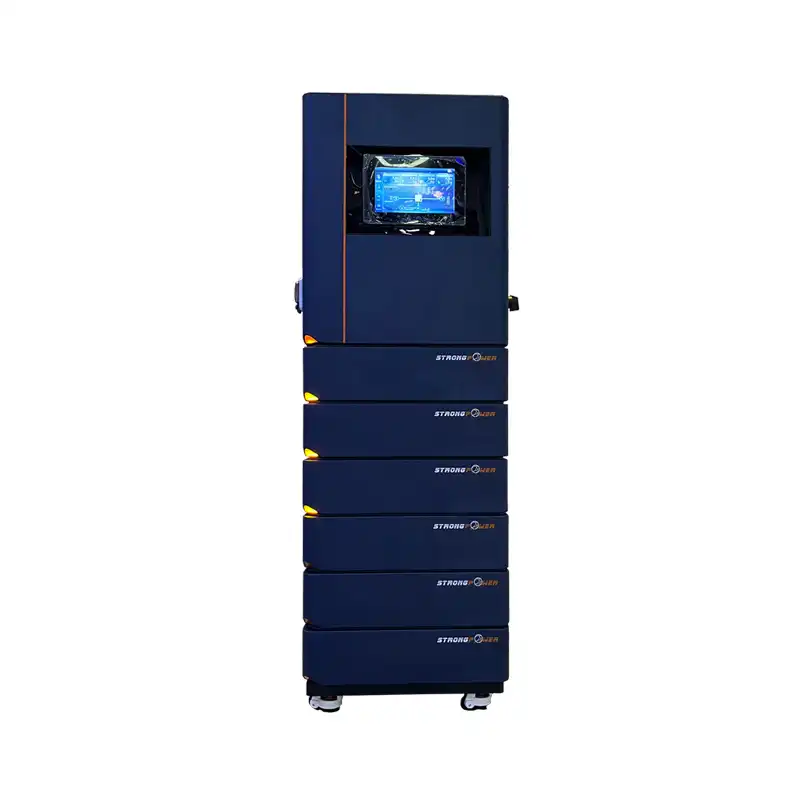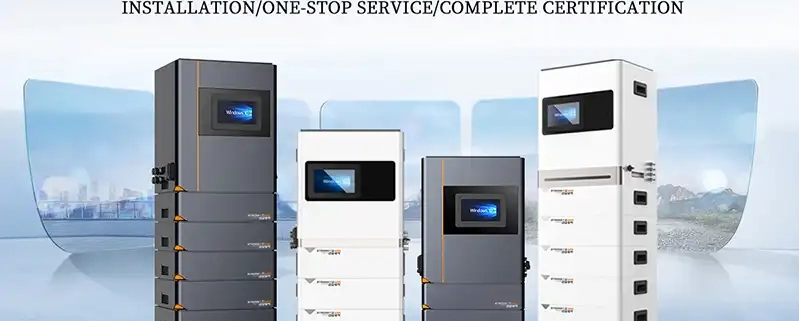What Is Energy Storage
Energy storage is the capture of energy produced at one time for use at a later time to reduce imbalances between energy demand and energy production. This can apply across the full spectrum of timebase and energy density, which means energy can be stored for nanoseconds or years and in applications ranging from picowatts to gigawatts of power.
Compare utility-scale batteries to supplement solar photovoltaic (PV) energy capturing to the kind of board-level components that act as smaller, more temporary energy storage for filtering, bootstrap, (near) lossless energy commutation, resonance, and other circuit-level applications.
Most discussions around energy storage tend to focus on battery storage solutions, but we should also remember that there are numerous forms of energy storage available even if a deep dive on all is a limitation in this format. From an electronics perspective, energy can be stored in the form of electrochemical potential in rechargeable batteries, as voltage in capacitor and supercapacitor devices, as well as current in magnetic devices (i.e., inductors and transformers).
Dynamic energy can be stored in both kinetic (i.e., flywheels) and potential forms (i.e., water reservoir on top of a mountain). Energy is stored in one form for either convenience, efficiency, or cost purposes, even if it is eventually converted into electrical energy. An example of this can be thermal energy stored in heated salts for extraction later, and boiling of water to spin a turbine, also known as a form of phase-change material energy storage. It is not uncommon to use compressed air as a form of energy storage, even for utility-scale applications.

While the definition may not be as clear, there can be more direct forms of energy storage and utilization, such as repurposing the “waste” heat from a large data center to be pumped directly into nearby households exposed to severe cold weather in winters.
Given that energy storage covers a vast expanse of components and applications, it is important to breakdown just what is implied by certain solutions in terms of their anticipated performance and design nuances, to ensure they are optimally utilized and safely executed. In this discussion, we shall compare/contrast a variety of solutions, but only after we first define some key terminologies and understand the important factors to consider when looking into various energy storage components and solutions.
It should be noted there are some aspects of energy storage that apply universally, and there are some that are very component- and/or application-specific. For instance, there is no Moore’s Law to energy storage as it is mostly at the whim of chemistry and physics. The point is energy storage density only doubles roughly every decade, where the semiconductor world is more accustomed to densities doubling every 18 to 24 months.
From a design perspective, this involves consideration with the expectation of extremely disaggregated development schedules and roadmaps for energy storage, where elements on the load side (e.g., system power budgets/densities) advance on a timetable more closely aligning to those associated with a Moore’s Law-like trajectory.
From the universal perspective, load demand only tends to increase over time. Hence, this tends to put an increasing demand on the energy density of the energy storage solution(s), though the overall impact very much depends on the application. Even if the trend is universal in nature, the methodologies for dealing with the trend can vary greatly.
For instance, critical backup power for a data center or building will be architected and distributed very differently from safety capacitors used to filter and shunt energy in a common-mode electromagnetic interference (EMI) filter. Narrowing the window of consideration to only energy storage in power supplies still provides a wide consideration of energy storage solutions, design parameters, and therefore reliability impacts as well. In power supplies, energy storage devices may also act as critical safety devices, and therefore be subject to specific standards for design de-rating, test/qualification requirements, and assumptions for thermal impacts on component lifetime calculations.

Different Applications within Energy Storage
Storing energy can have a wide variety of applications and value-added purposes. Critical or backup energy storage is probably the most common, especially at higher power levels. In power supplies, energy storage devices are not only used to store energy for use, when demanded by the load, but also for filtering, meeting transient requirements, biasing control ICs, and even facilitating near-lossless energy commutation in resonant topology applications.
From individual systems up to utility-scale levels, energy storage is increasing for usage in peak shaving applications. This means localized, responsive, rechargeable energy storage (typically Li-Ion batteries, though supercaps also perform this function when the extremes of response and cycle life are required) is used to meet only infrequent, peak demand needs. Therefore, the rest of the infrastructure (including backup power) can be minimized because it can all be designed to (what is typically) a much lower, steady-state demand, while using the peak power storage to guarantee uptime/availability/reliability requirements.
A modularized implementation of this is something called a battery backup unit (BBU) inverter for systems in which only the individual system backup is supplemented by a BBU that sits directly on the shared output voltage bus, on the main power supply. The BBU can handle short-term holdup with literally no delay time, which enables upstream energy storage (such as a flywheel or building-scale storage), and more time to initialize and take over the load. Disaggregating this short-term holdup from the system power supplies allow the supplies to be smaller, cheaper, and denser with the mitigation of bulky, (typically) electrolytic capacitors that accomplish the same backup purpose when internal to the power supply.




